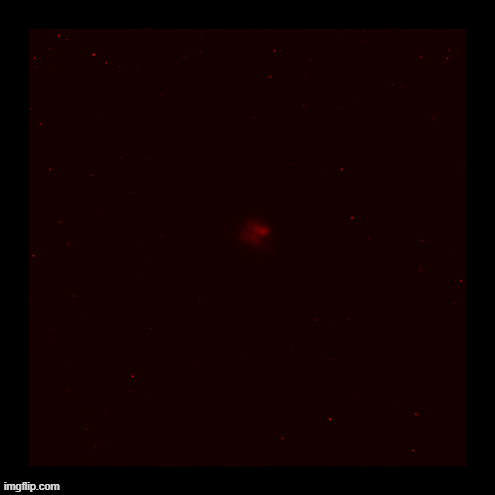SAMANTA SYSTEMS CHEMISTRY LAB
CONFINEMENTS, COMPARTMENTS AND COMPLEX SYSTEMS


Research Theme:
The general arc of our research interests and perspectives includes the development and implementation of concepts for hierarchical, bio-inspired self-organization consisting of artificial building blocks within and outside the thermodynamic domain and chemical reaction networks to establish emergent relationships between structures and functions, with a overarching goal of designing and synthesizing soft materials with life-like functions.
Here are some topics we have been actively working on.

Metabolic Condensates with Life-Like Properties
Living cells have the unsurpassed ability to carry out various life-determining processes such as growth, division, adhesion and adaptation through the regulation of intertwined biochemical reaction networks operating in a macromolecularly crowded environment (cytoplasm and nucleus). To comprehend and mimic some of the cellular functions in de novo designed compartments consisting of active biomacromolecules and catalytic components, I use concepts and various building blocks from DNA nanotechnology, polymer science and supramolecular chemistry to design systems that exhibit an emergent ability to adapt to physicochemical conditions of their environment.

Polymer Chemistry of Nucleic Acids
Nucleic acids are ubiquitous in biological systems because they can encode extensive information via highly programmable duplex interactions. DNA nanotechnology detaches DNA and RNA from their biological context and uses their information to construct sophisticated self-assembled architectures with multiple applications. On the other hand, nucleic acids are also polymers and sequence-specific DNA/RNA chains (homopolymer or multiblock) can be synthesised to accentuate some of their polymer properties. I am interested in the construction of self-assembling systems in equilibrium and out-of-equilibrium, where the canonical duplex interactions and the polymeric phase behaviour of nucleic acids act synergistically or antagonistically.

Viscoelastic Phase Behavior of
Biomacromolecules in Crowded Compartments
In recent years, biological phase separation, in which membraneless organelles arise in the cytoplasm and nucleus, has attracted considerable attention. I am trying to understand the viscoelastic phase separation of proteins and DNA polymers in a minimalist, macromolecularly crowded environment (and compartments). This research asks fundamental questions: What controls the morphology and dynamics of these phase-separated condensates? How does the viscoelastic behaviour of the host network influence the pathway of phase separation? Can an external signal, such as light, control the phase behaviour? Is it possible to use these organelle-like droplets to accumulate small molecules or upregulate catalytic conversion?


Systems Chemistry: Emergent Structures with Spatiotemporal Control
Systems chemistry addresses the challenge of mimicking the complex living structures of nature by designing artificial systems out of equilibrium. It is also concerned with chemical reaction networks that regulate each other through activation, autocatalysis, and feedback and can be integrated into self-assembling species to eventually achieve emergent morphological and functional properties. I aim to investigate self-assembling systems that exhibit morphological transformations at different length scales under conditions outside equilibrium when coupled with enzymatic reaction networks.
